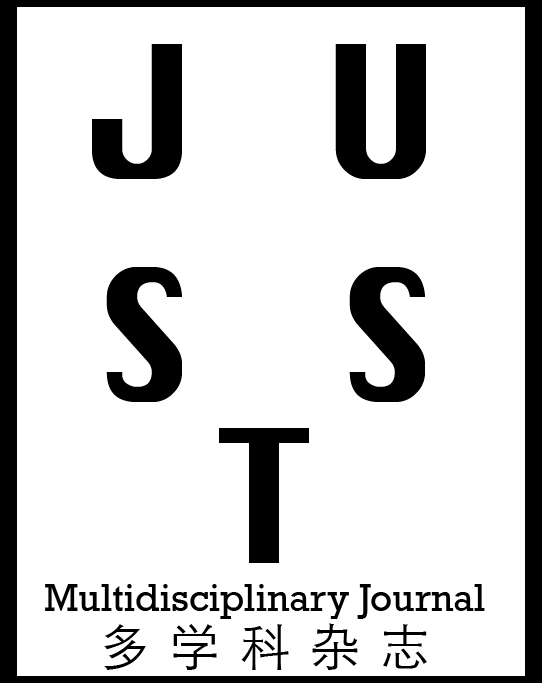Maha M. El Alem, Corresponding author, Department of Pathology & Clinical Pathology, Animal Health Research Institute (AHRI) (Zagazig branch), Agriculture Research Center (ARC), Egypt.
Faten G. El-Said, Department of Biochemistry & Toxicology, Animal Health Research Institute (AHRI) (Zagazig branch), Agriculture Research Center (ARC), Egypt.
Heba S. Salem, Department of Bacteriology, Animal Health Research Institute (AHRI) (Zagazig branch), Agriculture Research Center (ARC), Egypt.
Sara A. Department of Fish Diseases, Animal Health Research Institute (AHRI) (Zagazig branch), Agriculture Research Center (ARC), Egypt.
Dalia T. Mohamed, Department of Pathology & Clinical Pathology, Animal Health Research Institute (AHRI) (Zagazig branch), Agriculture Research Center (ARC), Egypt.
Pathological and biochemical effects of pumpkin seed oil and florfenicol on Clarais species fish challenged with Aeromonas hydrophila.
Authors
Abstract
The goal of the current study was to look into the immunological and
histopathological effects of pumpkin seed oil against Aeromonas hydrophila in fish of the
Clarias species. In the experiment, fifty fish were split equally into five groups. Group 1
(G1) normal healthy fish non-infected, and non-treated (negative control). Fish from
Group 2 (G2) were inoculated intraperitoneally with 0.2 mL of 24h broth cultures of
Aeromonas hydrophila and kept untreated (positive control), while fish from Groups 3,
4, and 5 (G3, G4, and G5) were inoculated intraperitoneally with 0.2 mL of 24h broth
cultures of Aeromonas hydrophila (2.5 x 106 mL) and then fed on a diet supplemented
with florfenicol (G3), pumpkin seed oil (40 mg/kg diet) (G4) and pumpkin seed oil plus
a therapeutic dose of florfenicol (G5), respectively. The obtained results showed that the
erythrocytic count, Hb concentration, and packed cell volume significantly decreased in
the A. hydrophila (G2)-infected and untreated fish. The leucocytic count and
lymphocytes, however, significantly increased during the two study periods (1st and 10
days post-treatment). Fish that were experimentally infected with A. hydrophila and left
untreated (Group 2) demonstrated a considerable rise in glucose, T. cholesterol, TG,
HDL, LDL, and VLDL levels throughout the course of the two experimental periods. In
contrast, the infected group that got pumpkin seed oil just (Group 4) and pumpkin seed
oil combined with florfenicol (Group 5) displayed an improvement in liver and kidney
markers, glucose, and lipid profiles, as well as an elevation of anti-inflammatory,
antioxidant, and immunological parameters (phagocytic ratio and index) at the two
examined periods. They also displayed histopathological changes in all examined organs.
